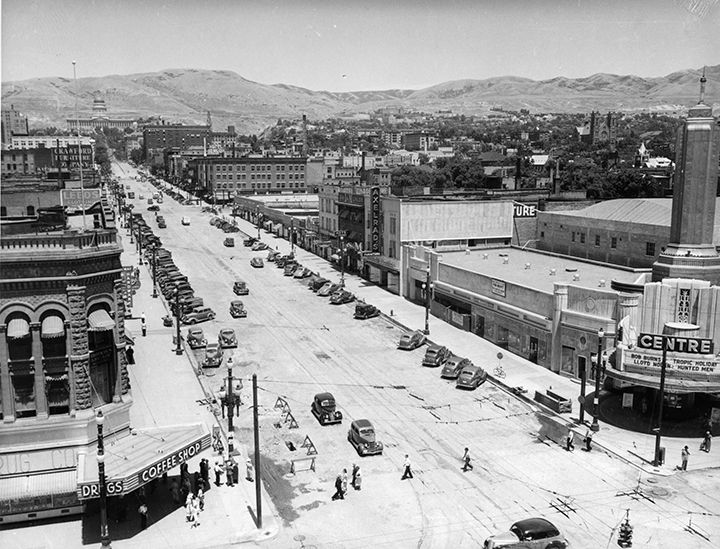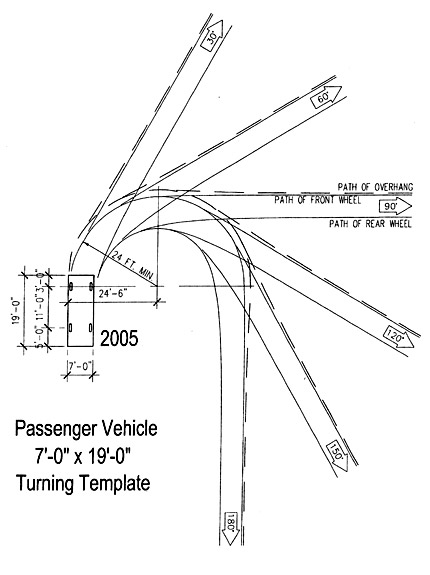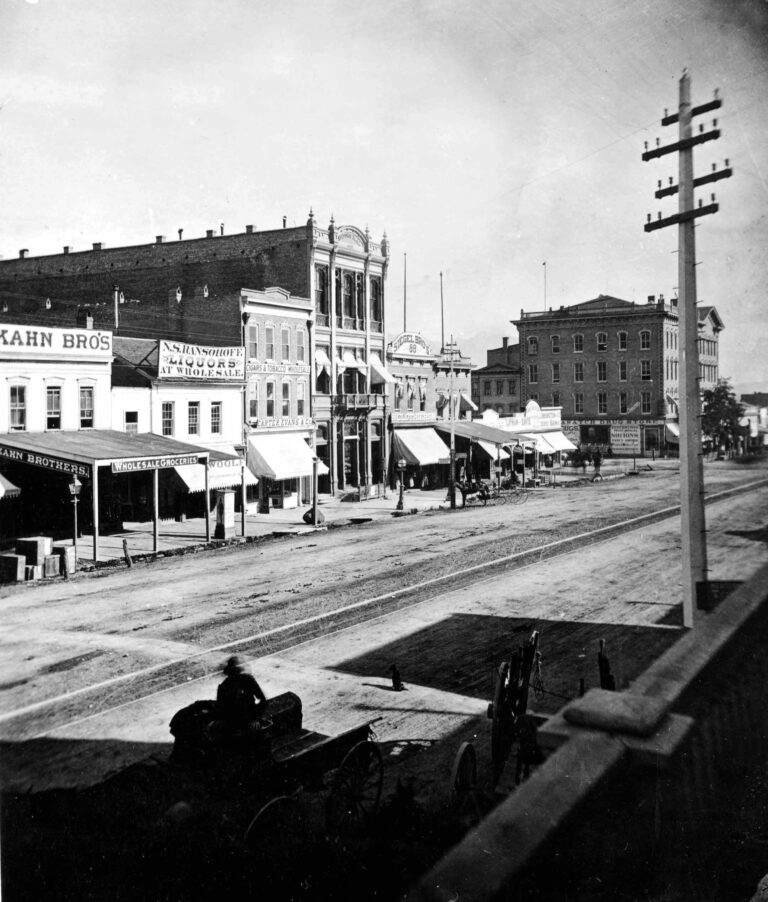Why are Salt Lake City’s streets so wide?

Even the most casual visitor to Salt Lake City will notice that the streets here are very wide. How wide? Wide enough to turn a team of oxen around? Or maybe not.
It’s been a story for a long time – Salt Lake’s wide streets are the result of a demand by its founder, Brigham Young, to make the streets wide enough for an oxen team to make a u-turn. There are several problems with this myth, first, Brigham Young is not recorded as saying that, and really, just about anything of importance that he said was written down by his followers. Furthermore, he would not have said it, because that is not the reason that he directed his surveyors to dimension the streets so wide.
Turning radius of an oxen team?
No one actually knows what the turning radius of an oxen team is. A turning radius is the amount of space on the ground that something needs to be able to turn around a corner or to make a u-turn. Engineers use these to design streets. A small car can “turn on a dime” with a turning radius of less than 20 feet, meaning that a 40 foot wide street is plenty wide to make a u-turn. An 18 wheeler on the other hand, requires a minimum of 80 feet to make a u-turn.

Since the streets here are 132 feet wide, they are also wide enough to turn most tractor-trailers. But that is not a good explanation for Salt Lake’s wide streets.
Where did this myth come from?
So how did this myth come to be? I believe that people in the newly built frontier town were constantly bombarded with the same question we are today, “why are your streets so wide?” Observing that it was possible to turn a team around, they speculated on the cause, just like we might make up a story about a tractor-trailer or even a 727. Since everyone already knew that Brigham Young designed the city, they attributed this thoughtful accommodation to him.
Guidebooks in the 1960’s starting repeating the myth, and the rest is, well, history.
But, of course, this myth is not true….



